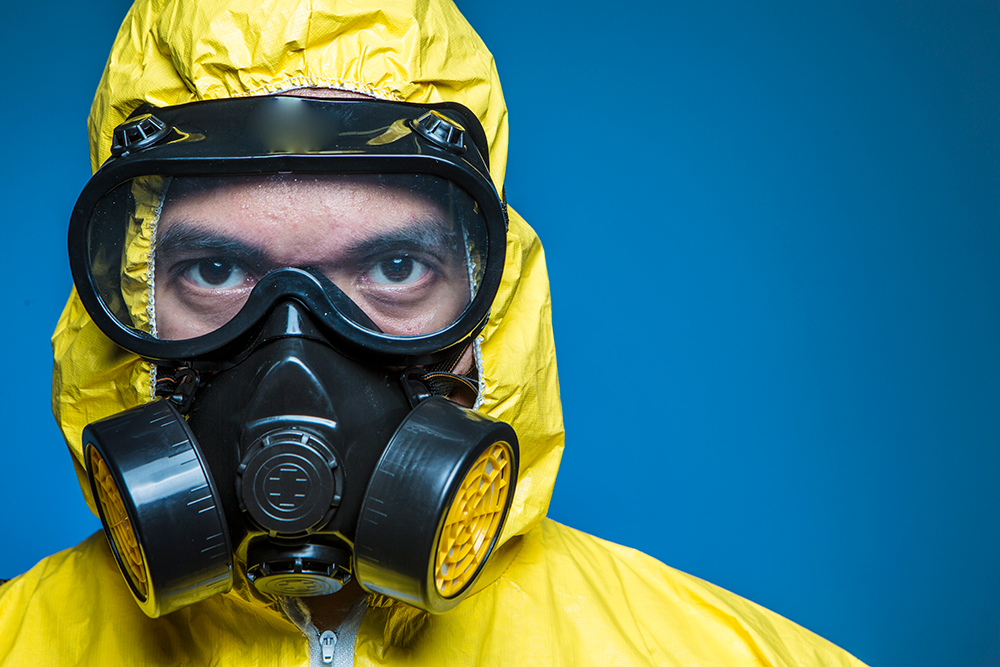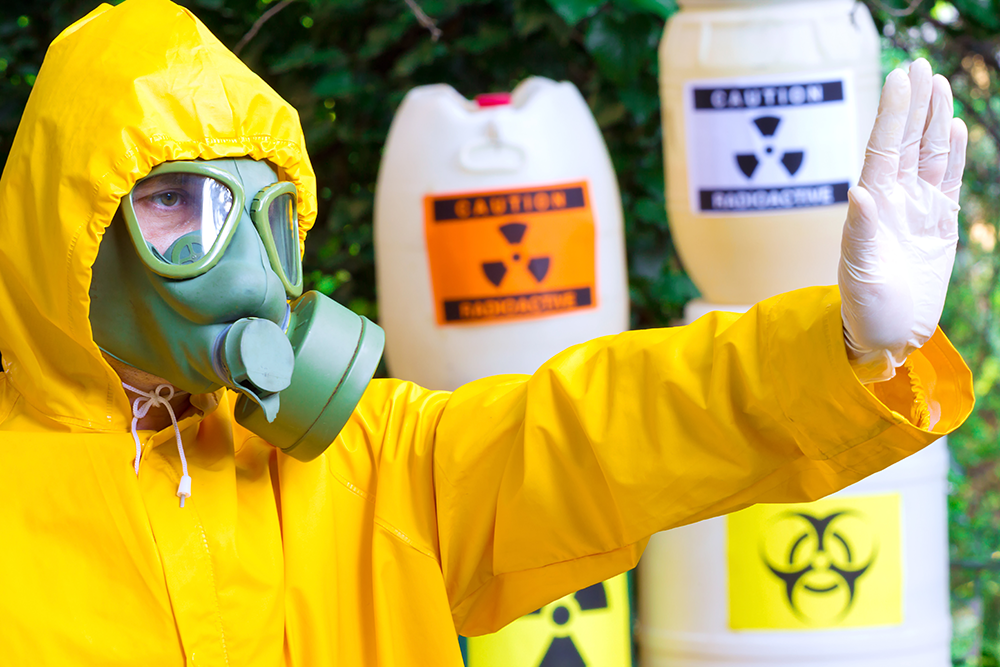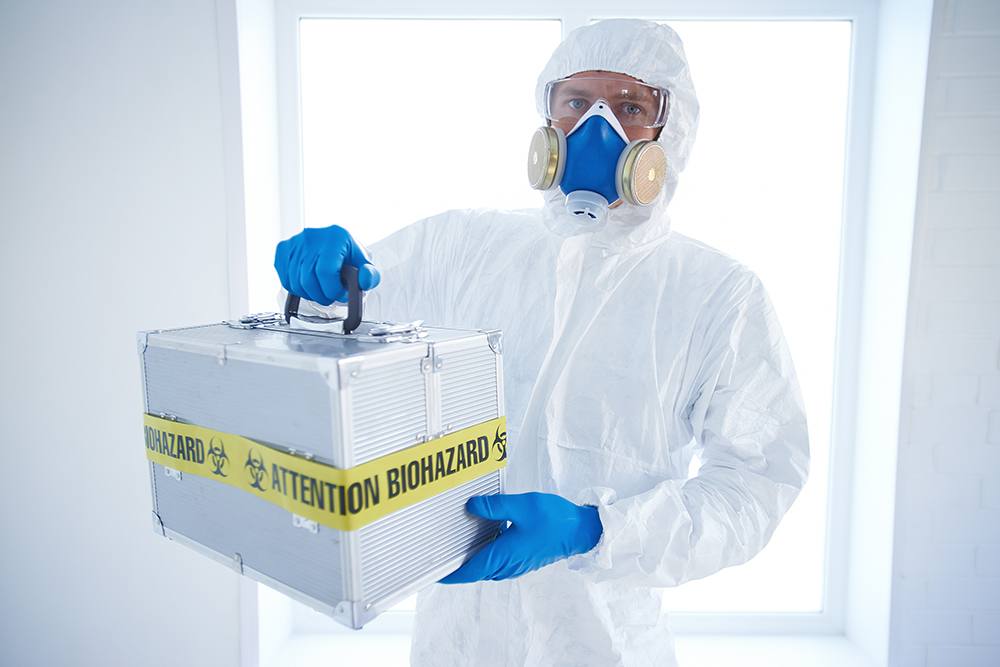Few words make people as nervous as “biohazard.” It conjures images of hazmat suits, hazard tape, condemned property and massive expense. But what are biohazards, and how should you respond if you need to deal with a biohazard cleanup? At Pro Housekeepers, we know a thing or two about difficult cleanups, and we’re here to demystify the biohazard cleaning process.
What are biohazards?
Simply put, a biological hazard, or biohazard, is any biological material that poses a risk to human or animal health. Blood is the most common biohazard we come into regular contact with, but other biohazards include mold and fungus spores, human waste, animal infestations, and industrial chemicals. Some are rare to find in typical home or workplace environments, but others are surprisingly common. It only takes a small leak or condensation buildup to provide the perfect environment for Stachybotrys chartarum — black mold — to thrive in residential homes, where it has been linked to bleeding lungs in infants.
Most biohazards are caused by microorganisms (such as bacteria and fungi), viruses, or toxins. Biohazards are classified according to type and effect and given United Nations numbers, which are reserved for all hazardous materials, including non-biohazards such as explosives and oxidizers. The categories of different biohazards include infectious substances harmful to humans, infectious substances harmful to animals, unidentified biological substances, and regulated medical waste.
The CDC further classifies biohazards according to the extent of harm they cause:
Level 1 — pose minimal threat to humans (E. coli)
Level 2 — cause moderate harm to humans (HIV)
Level 3 — high-risk pathogens that can become airborne (tuberculosis)
Level 4 — life-threatening pathogens with no known treatment (ebola)
TYPES OF BIOHAZARD |
|
Human bodily fluids |
Including blood, saliva, amniotic fluid, and more — bodily fluids can transmit diseases |
Medical waste |
This includes tissue samples, laboratory cultures, and byproducts from autopsies and surgeries |
Animal carcasses and droppings |
Droppings may contain bacteria and viruses that become airborne, and carcasses attract disease-carrying pests such as flies and rodents |
Mold and fungi |
Spores can become airborne and cause respiratory, neurological, and other illnesses |
Viruses and bacteria |
Some viruses and bacteria can survive outside of hosts and pose a threat to anyone entering the environment |




